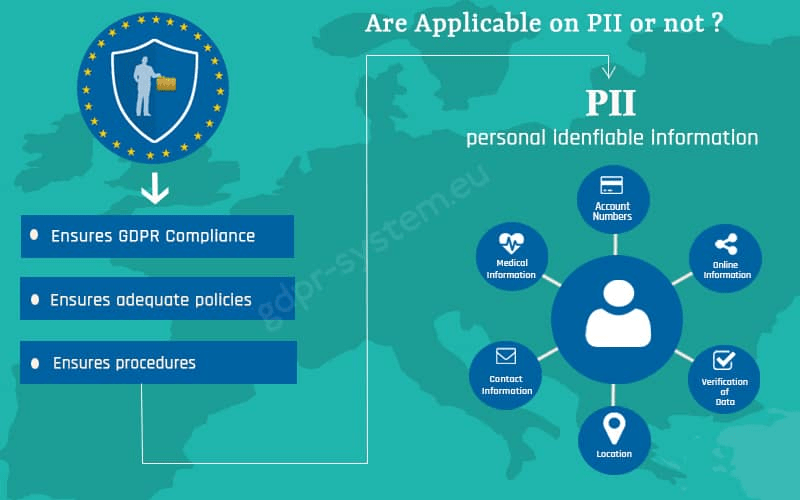Expert's View: What Data Does Google Analytics Prohibit Collecting?
Expert's View: What Data Does Google Analytics Prohibit Collecting?
Blog Article
Mastering the Art of Overcoming Information Collection Limitations in Google Analytics for Better Decision-Making
In the realm of electronic analytics, the capacity to remove significant insights from data is paramount for informed decision-making. By employing advanced methods and critical strategies, companies can elevate their information top quality, unlock hidden understandings, and pave the way for even more efficient and informed choices.
Data Quality Assessment
Examining the high quality of information within Google Analytics is a vital action in making certain the dependability and accuracy of understandings stemmed from the accumulated information. Data high quality analysis entails evaluating different aspects such as precision, efficiency, consistency, and timeliness of the data. One key element to think about is data accuracy, which describes how well the data shows real values of the metrics being determined. Imprecise information can bring about malfunctioning verdicts and illinformed business choices.
Efficiency of data is one more important aspect in assessing data quality. Uniformity checks are additionally crucial in data high quality analysis to determine any kind of inconsistencies or abnormalities within the data set. By prioritizing data quality evaluation in Google Analytics, companies can enhance the reliability of their analytics reports and make even more informed decisions based on precise understandings.
Advanced Monitoring Strategies
Utilizing sophisticated tracking techniques in Google Analytics can considerably boost the deepness and granularity of data gathered for even more comprehensive evaluation and understandings. One such technique is event tracking, which enables for the surveillance of details interactions on a website, like clicks on buttons, downloads of data, or video sights. By carrying out occasion tracking, businesses can get a deeper understanding of individual behavior and interaction with their on-line material.
In addition, custom-made dimensions and metrics supply a way to tailor Google Analytics to particular service requirements. Custom dimensions allow for the development of brand-new data factors, such as user roles or customer sections, while customized metrics enable the monitoring of special performance signs, like earnings per customer or typical order value.
Additionally, the usage of Google Tag Manager can streamline the execution of monitoring codes and tags throughout a website, making it easier to handle and deploy innovative monitoring configurations. By taking advantage of these innovative tracking methods, businesses can unlock valuable understandings and enhance their online approaches for far better decision-making.
Custom Dimension Execution
To boost the deepness of data accumulated in Google Analytics beyond innovative tracking methods like event tracking, services can apply personalized dimensions for even more customized insights. Custom-made dimensions permit businesses to specify and gather specific data factors that are appropriate to their distinct objectives and objectives (What Data Does Google Analytics Prohibit Collecting?). By designating custom dimensions to different elements on a site, such as user communications, demographics, or session details, companies can gain an extra granular understanding of how customers engage with their on-line buildings

Attribution Modeling Methods
By utilizing the right attribution design, businesses can properly attribute conversions to the appropriate touchpoints along the consumer trip. One typical acknowledgment design is the Last Communication model, which offers credit scores for a conversion to the last touchpoint a user interacted with before converting.

Information Sampling Evasion
When dealing with large quantities of data in Google Analytics, getting rid of information tasting is important to make certain exact insights are acquired for informed decision-making. Data tasting occurs when Google Analytics estimates patterns in information rather than examining the total dataset, potentially leading to skewed results. By taking these positive steps to reduce information sampling, organizations can draw out a lot more accurate understandings from Google Analytics, leading to better decision-making and boosted overall efficiency.
Final Thought
Finally, mastering the art of getting over data collection restrictions in Google Analytics is essential for making informed decisions. By carrying out a complete information quality assessment, applying innovative this post tracking strategies, using custom dimensions, utilizing acknowledgment modeling strategies, and preventing data sampling, organizations can ensure that they have reliable and accurate data to base their choices on. This will eventually result in much more effective techniques and better end results for the organization.

Report this page